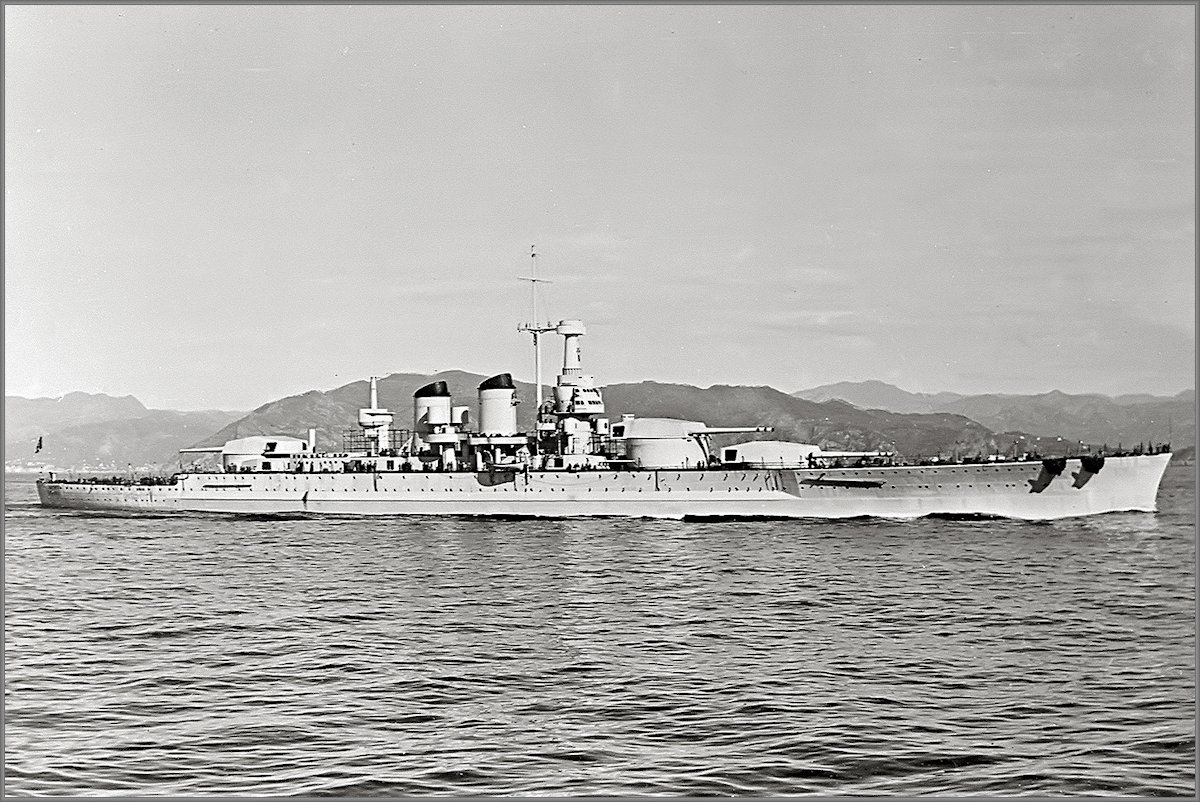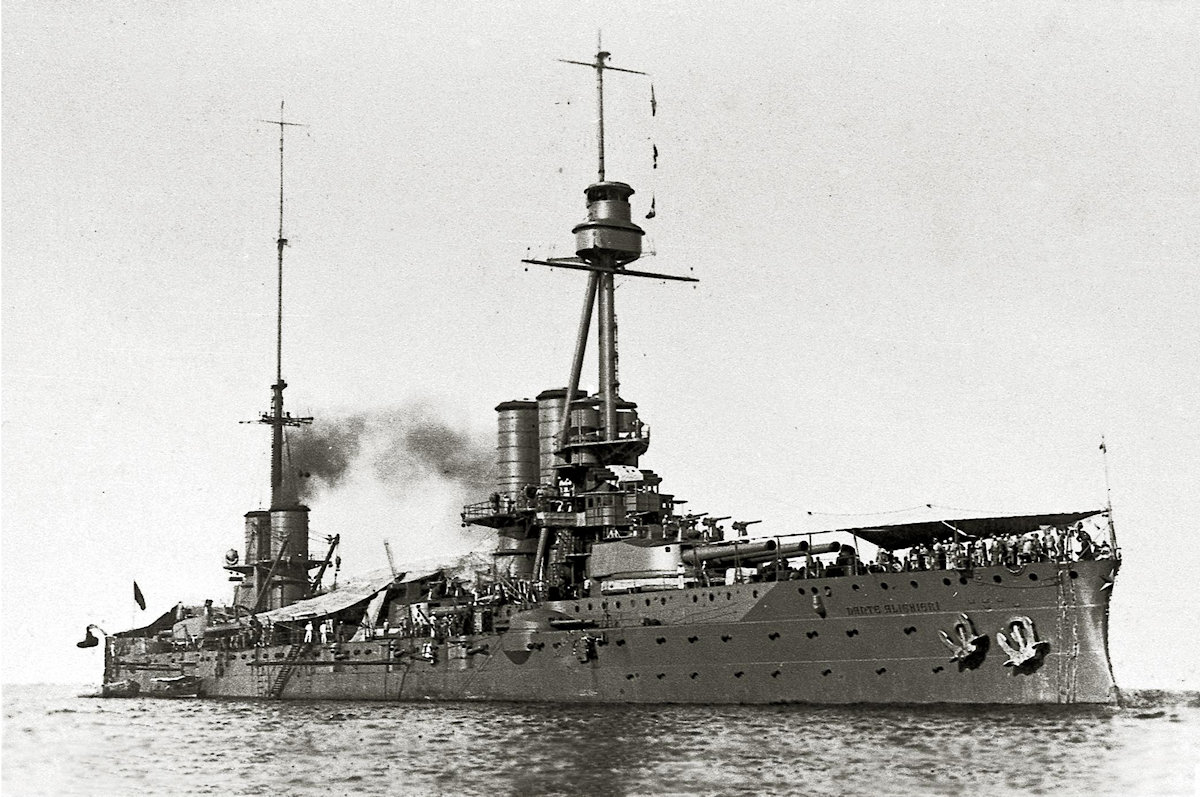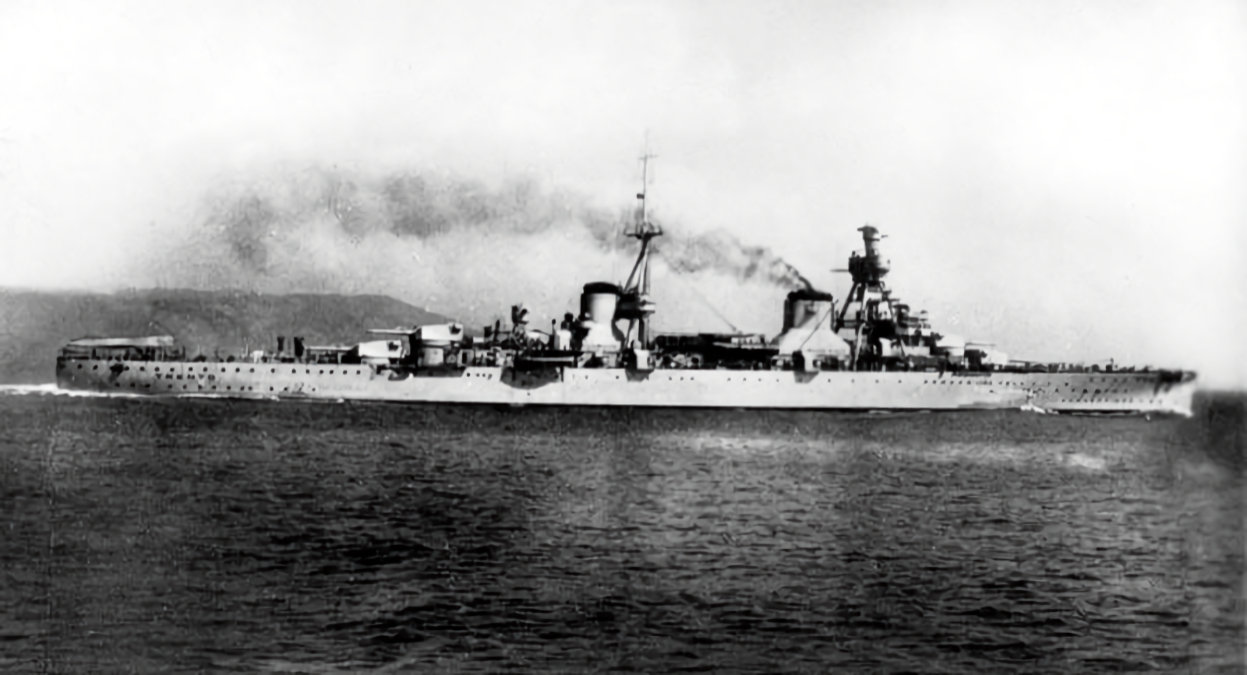Tag: Military
-
Italian Battleship Littorio

Italian Battleship Littorio Littorio was the lead ship of her class of battleships (along with Vittorio Veneto and Roma and in incomplete Impero). Launched on 22 August 1937, she was commissioned into the Italian Regia Marina on 6 May 1940. Littorio was badly damaged when struck by three torpedoes dropped by Fairey Swordfish torpedo-bombers during… Read more
-
Italian Battleship Dante Alighieri

Italian Battleship Dante Alighieri Launched on 20 August 1910, Dante Alighieri was the first Italian dreadnought battleship. Commissioned into the Regia Marina on 15 January 1913, she served as the flagship during World War One. Apart from Second Battle of Durazzo in 1918 Dante Alighieri saw no action during the war. Although refitted in 1923,… Read more
-
Italian Heavy Cruiser Trento

Italian Heavy Cruiser Trento The lead-ship of her class of two heavy cruisers, Trento was launched on 8 October 1927. She was commissioned into the Regia Marina on 3 April 1929. During the Second World War, she took part in the Battles of Calabria (July 1940), Cape Spartivento (November 1940), and Cape Matapan (March 1941).… Read more